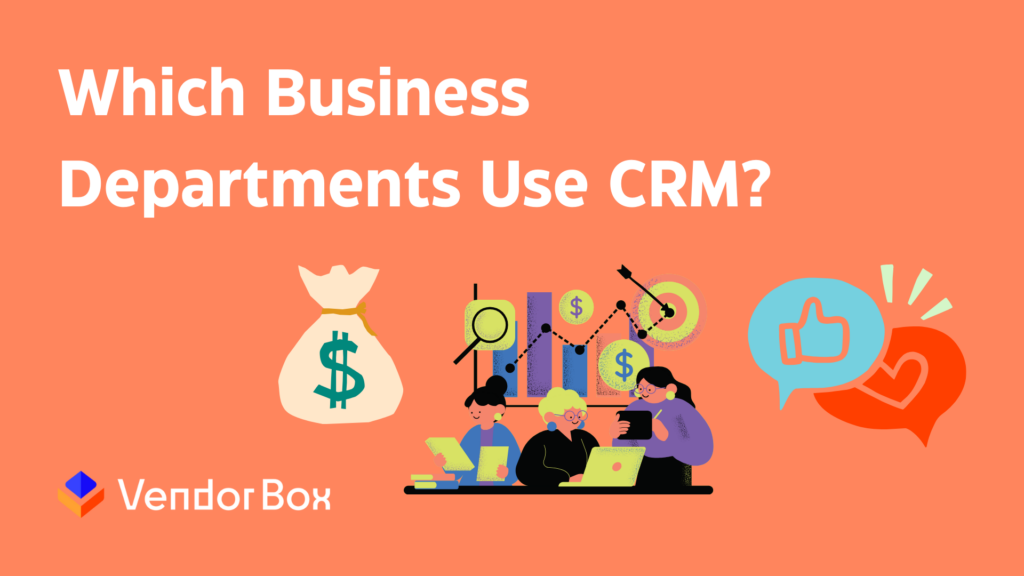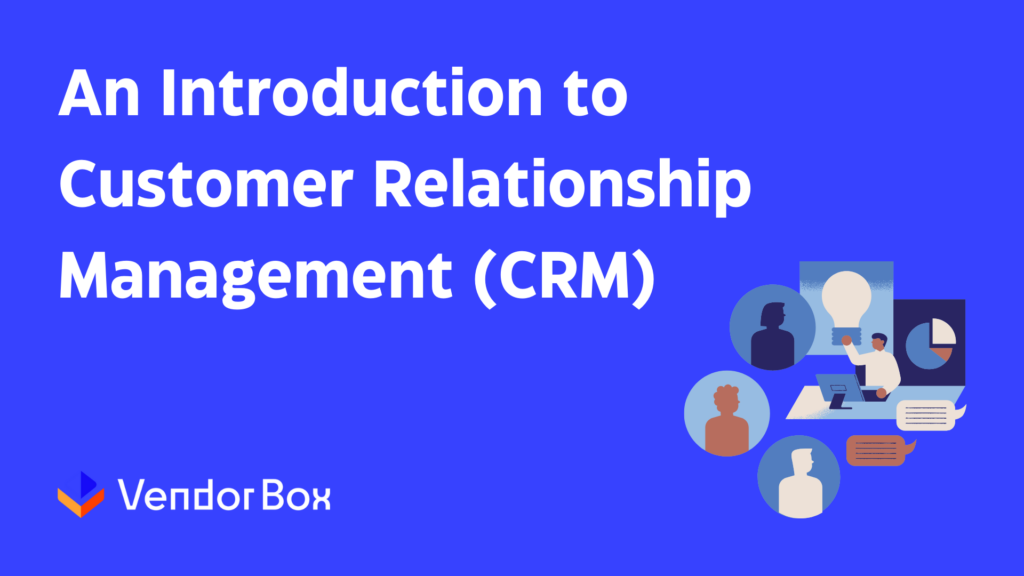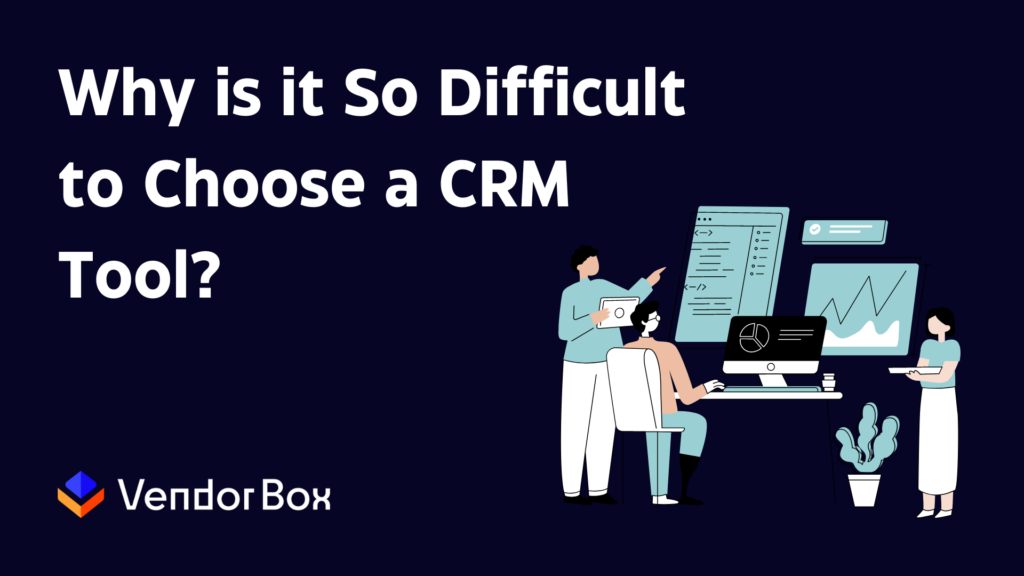
Customer Relationship Management (CRM) systems have become synonymous with enhancing Sales and Marketing efforts, but their utility extends far beyond these business domains. In today’s business landscape, CRM plays a pivotal role across various departments, including its equally crucial function in Customer Service teams. Let’s delve into the diverse applications of CRM – both within and beyond its traditional realms.
How Sales Departments Use CRM
CRM systems are the traditional backbone of sales operations, providing tools for managing leads, tracking customer interactions, and forecasting sales trends. Sales teams leverage CRM to streamline their processes, prioritize leads, and nurture relationships with prospects. With CRM, sales professionals can also access valuable insights about customer preferences and behaviors, enabling personalized communication and targeted sales efforts.
How Marketing Departments Use CRM
In the realm of marketing, CRM serves as a vital tool for segmentation, targeting, and campaign management. By integrating CRM with marketing automation platforms, marketers can create highly targeted campaigns, track engagement metrics, and measure the effectiveness of their initiatives. What’s more, CRM empowers marketing teams to deliver tailored messages to specific customer segments, resulting in higher conversion rates and improved ROI.
How Customer Service Departments Use CRM
Perhaps less recognized but equally important is the role of CRM in customer service operations. CRM systems serve as a centralized repository for customer information, allowing service agents to access relevant data and provide personalized support. From managing inquiries to resolving issues promptly, CRM enables customer service teams to deliver exceptional experiences across all touchpoints. By integrating CRM with helpdesk software, organizations can also streamline ticket management, automate responses, and ensure timely resolution of customer issues.
Cross-Departmental Collaboration of CRM
Along with its crucial roles in the departments mentioned above, one of the key benefits of CRM is its ability to facilitate seamless collaboration across departments. By providing a unified platform for Sales, Marketing, and Customer Service teams, CRM fosters communication, alignment, and knowledge sharing. This integrated approach ensures that all customer-facing teams are on the same page, leading to improved coordination and consistency in customer interactions.
By bridging the gap between Sales, Marketing, and Customer Service teams, CRM facilitates a holistic approach to customer engagement, fostering seamless collaboration and delivering superior experiences across every touchpoint in the customer journey. Keep in mind that, according to research, up to 70% of CRM projects fail to meet expectations – and not having customer-facing teams on the same page is one of the most important reasons.
How Can You Ensure Your CRM Tool Meets the Needs Across the Business?
Despite its myriad benefits, implementing a CRM system can be challenging, and many projects fail to meet expectations. One common pitfall is the failure to involve all the relevant departments mentioned above in the decision-making process. To maximize the success of CRM initiatives, organizations must consider the needs of Sales, Marketing, and Customer Service teams and select a solution that caters to their specific requirements. This ensures that organizations can centralize customer data and streamline processes across the entire customer journey.
Lately, tools that are designed for Customer Service teams are categorized as “Customer Support” tools, and can be sold as a standalone product. So, when you are selecting a CRM tool, keep in mind the teams that will be using it. If you want Sales, Marketing, and Customer Service teams to all use the tool, it might be best to find a solution that has capabilities to serve all three teams. This will allow your business to centralize customer data, and you will be able to view all customer-related interactions and correspondences in one place.
This is where Vendor Box comes into play. Our proprietary algorithm is designed to filter CRM vendors that are best suited to serve your business needs. We take into consideration more than 40 variables before we make a recommendation! Curious to see which tools are best for your business? Fill out the questionnaire and we’ll get you started 🚀
Looking for a new CRM?
Don’t waste 11 weeks searching for the right CRM tool for your business. We can deliver a personalized, bias-free recommendation to your inbox in less than 3 business days.


